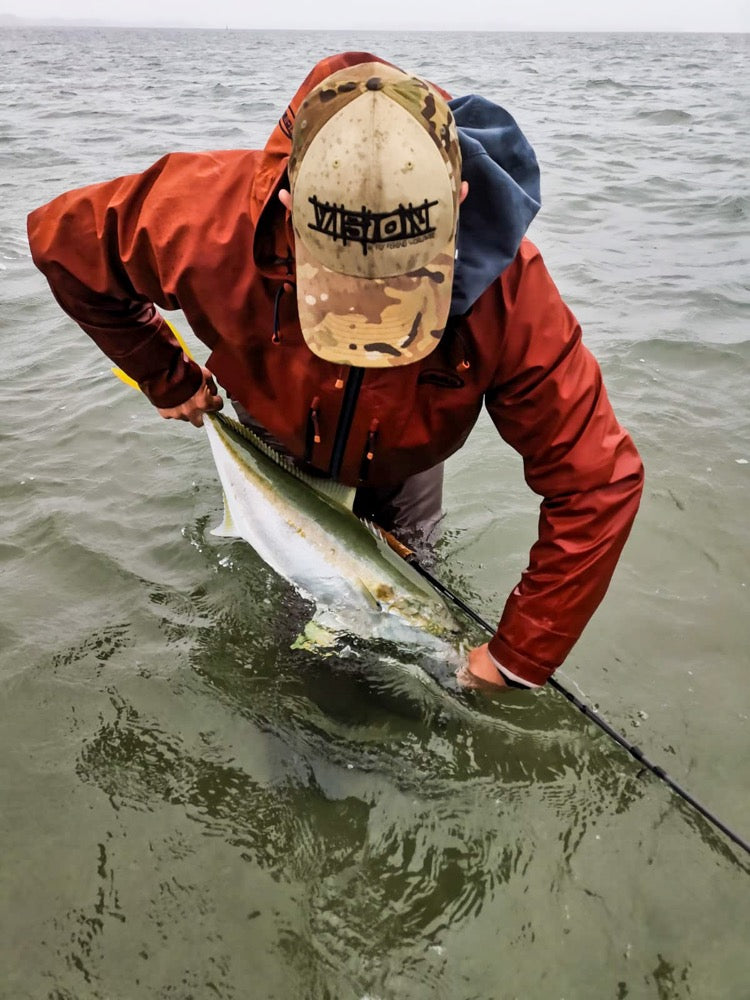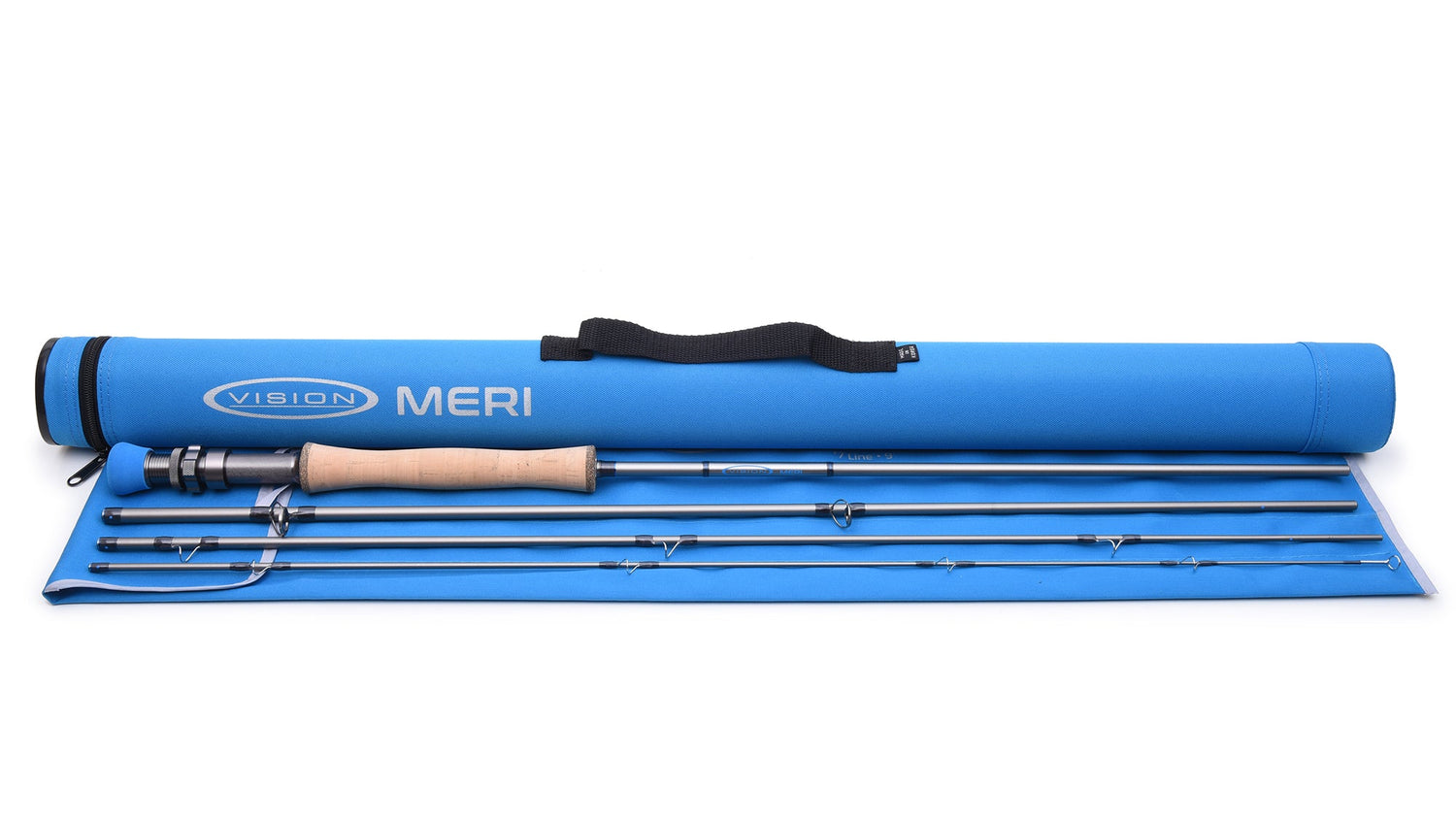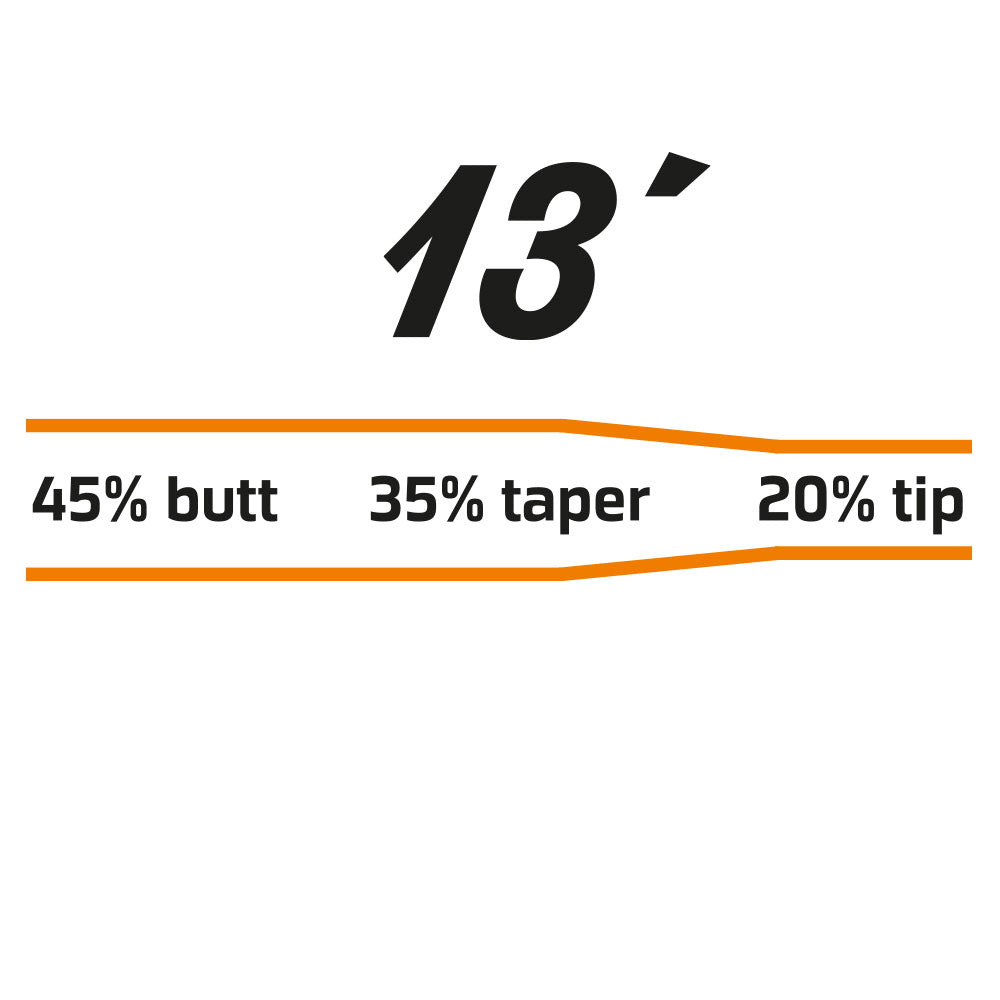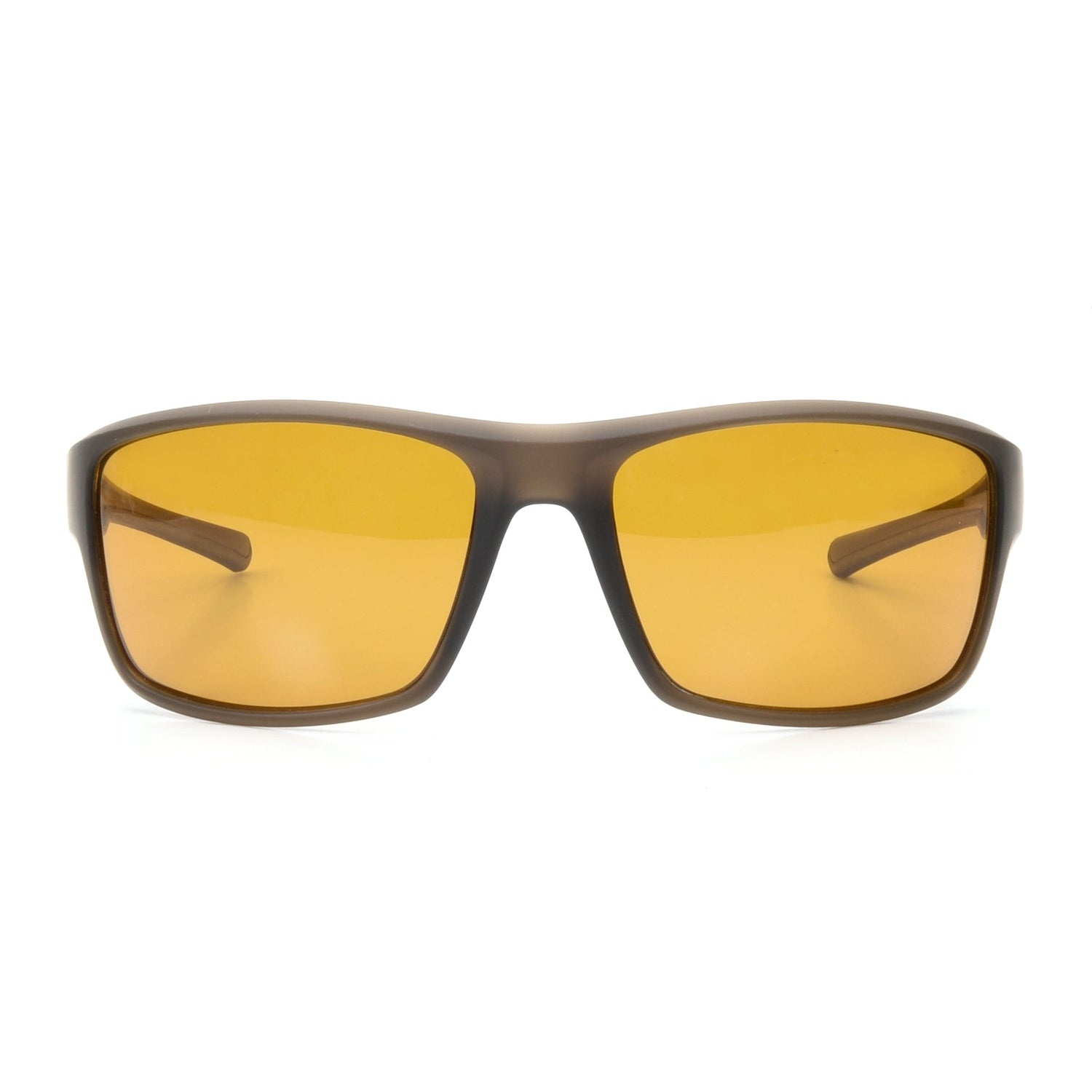Text: Jari Koski @tjabster
Photos: Jari Koski, Viljami Huhtala
The Mighty Perch – Chasing Finland's national fish on the fly
My hands are completely covered in super glue and the table is full of coffee stains, jig flies and Clousers when I'm writing this article. The seagulls are screaming and attacking people outside my office window. Summer has finally arrived...
The highlight of each summer for many years now has been the start of Perch fishing season. This fishery has completely stolen my heart and is the number one local species that I target. I've seen a huge increase in popularity of the sport which warmed my soul enough to write you guys a small introduction on how I approach the sport over here in south Finland.
Easy to start – Hard to finish
The threshold to start fly fishing for Perch is super low. You can start with your trout gear and fish small trout flies like leeches, nymphs and flash flies for Perch. You can find Perch in smaller venues that won't require going deep or making hero casts into the wind. In situations like these, a 5-6wt trout rod and a floating line are just fine.
The hard-to-finish part comes when you want to target bigger and many times more abundant fish in bigger venues and sometimes go deep to find them. This is when you have to get a bit more specific and start to adapt your gear and flies to this type of fishing. The flies come harder to cast and you also have to do a LOT of long casts (many times into the wind) during the fishing day. This is when you are usually better off using a stiff 7wt or 8wt's. You also many times need to use sinking lines.

When, where and how?
I'm personally a warm water guy. I only specifically target Perch in the “warm water” season. So the season for me runs from June to mid/early September. I also don't use any electronics when I'm fishing so even though I'm a pretty modern guy when it comes to gear and flies, I like to do the actual fishing the hard way.
I usually start my season in the archipelago. Good spots to target Perch early on in the Baltic are secluded bays that offer a nice mix of vegetation and some slightly deeper holes. Clear water is also something that I look for when going for Perch in the Baltic. Later on in the archipelago, you can also find fish in more harsh areas that have current, rocks and deeper edges.
As the season progresses to July I start to focus more on the lakes. On lakes, I love to fish rough and rugged spots. Islets/big rock islands, rocky areas and islands that have some deeper water near and a nice vegetation type are my favorites. All and all I go for more rocky spots usually when I'm on the lake versus the Baltic.
The main thing of course in both venues is to find areas that hold bait, Perch and have a nice fly fishing profile. For me, that means either shallow water or holes and edges that go a maximum of 5 meters deep. I have personally stopped fishing in larger areas of deep water and focused my effort on the more fly-friendly spots. That's mainly because I don't use electronics or have a trolling motor etc, but also because the sport is much more fun that way.
For the Baltic, I would say that going lighter on lines and flies is better. The spots are usually shallower with more vegetation. The fly size range varies a bit more on the Baltic versus the lake, so be prepared with a lot of different fly sizes.
On the lake, the basic 3-7cm baitfish fly will work the whole season. Weighted flies are pretty much mandatory. I rarely get any good reactions to big flies on the lake, so I tend to stick with the little ones. I would suggest that you pack a few crawfish patterns as well. Crawfish are very important for good quality Perch fly fishing. When they are on the move, the Perch are active and moving too.
Warm water Perch in general love speed so remember to be aggressive with your strip. Good “seduction stops” are however many times the key to success so don't forget them. Remember also to “bounce” your fly at the end of your strip if you felt something nibbling earlier on. Many many times Perch, even big ones follow the fly all the way to the end. A few bounces at the end can make them take.

Gear and flies
I personally use only 8wt rods for Perch, but in general, I would say a stiff 7wt or an 8wt is the way to go. That is if you want to be able to fish for Perch whatever the condition and situation is. Many people have more specific needs and/or fish for Perch only in shallow water and have great success with 6wt's. My favorite rods for Pech are the Meri and Predator lineup 8wt's. The Meri is a nice 8wt minus rod and the Predator is a very nice 8wt plus so they complement each other perfectly.
For reels, you can use whatever is light enough. XLS series of reels for example. You only need a few wraps of backing on the reel.
Fly lines are the key to success when it comes to fly fishing for Perch. My favorite combo is to use a slomo/intermediate on the other rod and a sink 2/4 on the other. If you want to be well prepared you should also have a floating line and super fast sinking Bottom Express or sink 4/6 in your backpack ready to go when the location calls for it. I love my Grand Daddy lines from the belly boat, but use a lot of Meri lines too when I'm out on the boat.
Leaders are very simple. I use a two-part leader if the fish are picky and there's no real pike threat in the area. 0,55mm butt section and 0,37mm fluoro for the tippet. I use a one-part leader most of the time when the conditions and everything else is “normal”. 9 feet of 0,47mm fluoro, that's it. That will withstand most pike hits (especially if you remember to play the fish softly) and works with the flies I use perfectly. The third option I use is a two-part leader that has 0,55mm mono for the most part and then a piece of thin wire at the end. This is something that I use when there's a s#%t load of pikes around. Usually at around the last week of August all the way to the end of the season I change to this setup. Most of the time I use a small snaplock at the end of my leader to make changing flies as easy as possible, but sometimes when the fish are really picky I go with just a knot.
There are many many flies around that can catch Perch. Something that imitates their prey and moves nicely is usually what you want to use. My personal favorites are the legendary Clouser patterns and then my “own” fly series The Baler, which is a jig fly pattern with three different tail options to it. I usually tie the Clouser's so-called Lefty style, so they don't have a tail, just the wing. This makes them move a bit more and be 93% foul-proof. With the Baler you can mix and match the same pattern with different weights up front ( 4,6mm, 5mm and 5,5mm tungsten beads are what I use the most) and then also choose the tail you want to use. A small wiggle tail, a blade or a double tail. All work amazingly well and the fly fishes like a dream.
That's all I got to say this time. See you guys on the water and if you have any questions don't hesitate to ask away! You can find me on Instagram @tjabster


































